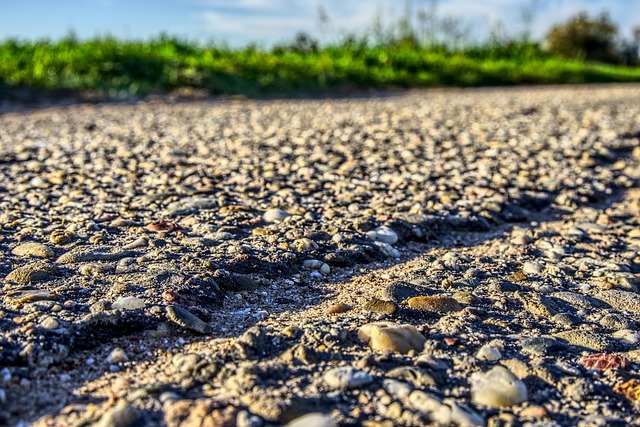As we navigate through a world increasingly marked by extreme weather events, it’s easy to feel overwhelmed by the challenges posed by climate change. The storms seem to be getting worse, wildfires rage more intensely, and heat waves stretch longer than ever. In the face of these formidable natural occurrences, we find ourselves questioning the future of our planet, our communities, and even our own lives. Yet, amidst the chaos and destruction, there lies a profound sense of hope.
The environment we inhabit is not merely a backdrop; it’s a living entity that both nurtures us and reflects our deepest struggles. When we witness the ravaging effects of hurricanes or droughts, it can seem like hope is a fleeting emotion, overshadowed by despair. However, history teaches us that resilience and innovation are often born from adversity. Communities affected by extreme weather have banded together, creating local support systems that not only help in recovery but also foster solidarity and resource sharing.
One of the most compelling sources of hope comes from individuals and organizations dedicated to combating climate change. Grassroots movements have emerged all over the world, spearheaded by passionate activists advocating for sustainable practices. These initiatives remind us that we have the power to influence the policies that affect our environment. By demanding change and holding corporations accountable, we pave the way for a more sustainable future. The rise of renewable energy sources—like solar and wind—offers a tangible embodiment of our capacity to adapt and innovate in response to climate threats.
Moreover, community gardens and urban spaces being revitalized not only help combat food deserts but also reconnect individuals with nature. These green havens foster a sense of belonging while serving as critical ecosystems that promote biodiversity. They show us that life can flourish even in the face of extreme conditions, and they highlight the importance of nurturing our environment while we work together toward a shared goal.
Education plays a vital role in fostering hope. Schools are beginning to incorporate climate literacy into their curricula, empowering young minds to think critically about the future of our planet. This generation is more equipped than ever with the knowledge and tools needed to navigate and solve these pressing challenges. They are passionate advocates for not just change but systemic transformation that prioritizes sustainability, equity, and resilience.
While the road ahead may be fraught with obstacles, it’s essential to recognize the small victories along the way. Climate agreements, local conservation efforts, and technological advancements in sustainability represent our collective strides toward healing the planet. These are markers of hope that encourage us to keep moving forward, no matter how daunting the storm may seem. As we work together to diminish our environmental footprint and adapt to the inevitable changes, we redefine what it means to survive and thrive in this new climate era.
Finding hope within the narrative of extreme weather is not just about resilience; it’s about envisioning a future where communities are empowered, driven by the conviction that we can indeed make a difference. As we respond to the calls of our planet, let’s channel our energy and collective spirit into creating a world that prioritizes sustainability and equity. In doing so, we ensure that future generations will inherit not only a livable planet but also a legacy of compassion and action towards one another and our environment.




